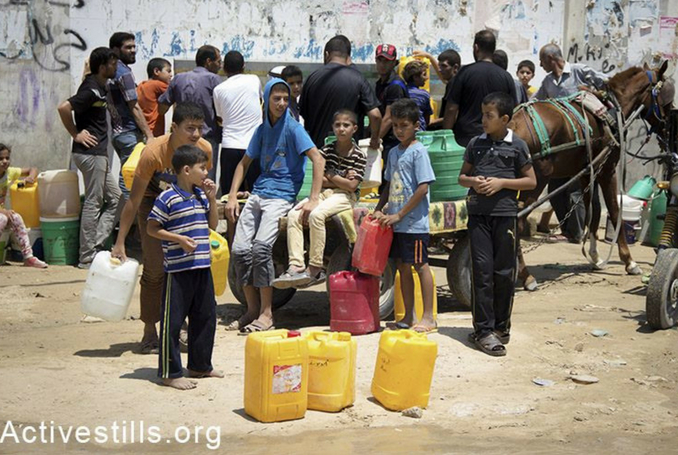
Israel’s siege and Palestinian Authority (PA) sanctions on the Gaza Strip have widened the economic gap between it and the occupied West Bank.
Professor Mu’een Rajab told Felesteen on Friday:
“The economic situation in Gaza has been quickly deteriorating without any interference to protect the residents. The siege and the PA sanctions, including the cessation of new government recruitment and halting [government] spending in Gaza, led to a wide economic gap between Gaza and the West Bank.”
Israel siege, PA sanctions widen gap between Gaza, West Bank https://t.co/FMQ8XGoeqR pic.twitter.com/J0xSqfac7e
— Therese (@Th2shay) December 23, 2018
While Rajab did not deny there is an economic crisis in the occupied West Bank, he said the situation there “is better than Gaza because of the continuous government recruitment carrying out development programmes, as well as the opportunities for West Bank residents to work in Israel”.
Recently, the Palestinian Central Bureau of Statistics revealed that 35 percent of Palestinian families in Gaza had completely or partially lost their income in the past 12 months, compared to only 6 percent in the West Bank. The bureau also found that 54 percent of families in Gaza had no access to running water and 51 percent were unable to pay for water treatment, compared to 10 percent in the occupied West Bank.
The PA is attacking its own people over Gaza sanctions https://t.co/CnXMyITHjK — #AJOpinion pic.twitter.com/DzwELlO0hH
— Al Jazeera English (@AJEnglish) June 15, 2018
In addition, 31 percent of Gaza’s residents were unable to receive healthcare services due to shortages of medicines and medical equipment, compared to only 7 percent in the West Bank.
Specialist Amin Abu-Aisha said that Israel’s siege and PA sanctions reduced the real growth rates in Gaza to 0.5 percent in 2017 and -1.5 percent this year, compared to 3.5 percent in the West Bank.
( MEMO, PC, Social media)







